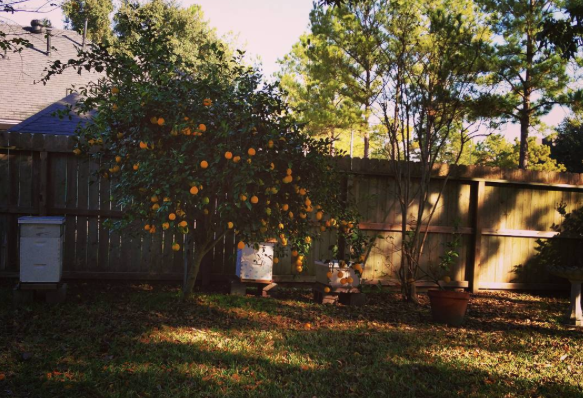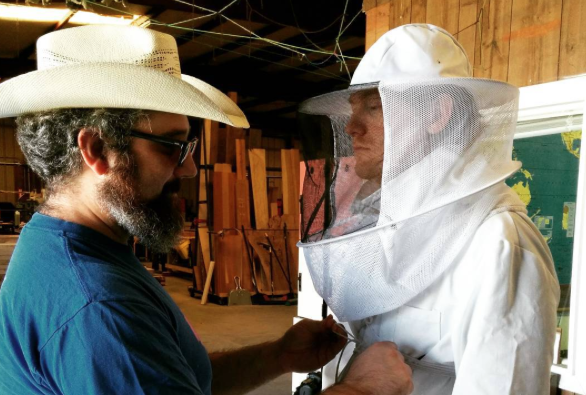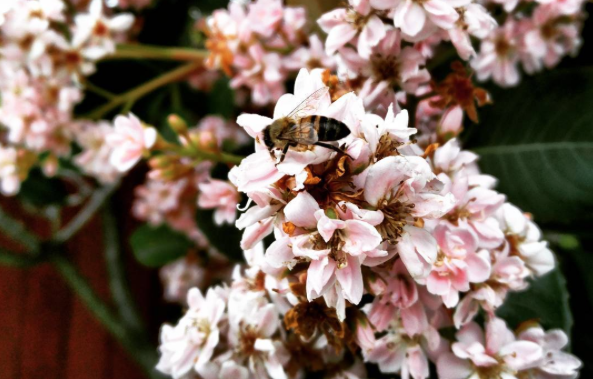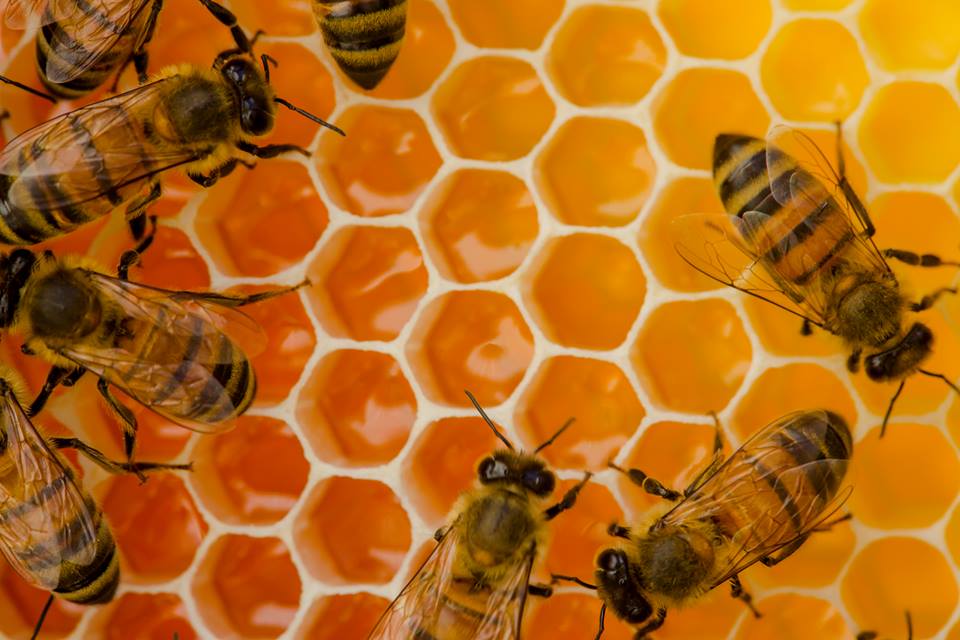Got honey? Albeit worthwhile and fulfilling, keeping bees in your backyard is not something you can (or should) jump into over a weekend. If you start today, you may be ready in a year. Before you take the big step into honeybee stewardship, take into account the following:
Ownership
First and most important, do you own your property? Do you plan on living in that home for a long time? Permissive landlords aside, relocating a beehive is no easy task and can be stressful for both the bees and beekeeper. Beehives, when maintained, can last for many years – the colony sometimes outlasts the wooden hive.
Your Backyard
You need the space for beehives (and yes, you should plan for more than one). A beeyard should be at least a 4 x 6 feet, with enough space for you to be able to move around the hives. The space should be relatively sunny and not prone to flooding. It’s also helpful for the entrance of the beehives to be facing a fence or hedge, not only for their security (hives do get stolen – remember what happened to Randy Evans’ hives at Haven restaurant?), but so that the bees must fly over the fence and at a high altitude. Keep in mind the location of meters and other things in your yard that need to be accessible to service workers.

Your Neighborhood
Yes, beekeeping is legal within Houston. There may be homeowner or neighborhood associations that ban beekeeping; however, the majority of associations are encouraging, as honeybees improve the neighborhood. It is recommended, but not required, that you talk with your neighbors and educate them on your hobby. The majority of them will never see your bees, but may notice a higher yield on their fruit trees or in their garden. If you give your neighbors free honey come harvest time, they’ll be happy.
Safety
Beekeeping comes with stings attached; it should not be seen as a completely harmless hobby. The truth is, you will get stung. Someone else may get stung. You must take precautions and keep safety in mind at all times. You should wear a suit, including a veil, every time you handle your bees. Every beekeeper should have an Epi-pen (both child and adult dosages) available in case of emergencies. Contrary to popular belief, a very small percentage (less than 1 percent) of the human population has a life-threatening bee-sting allergy. Everyone you meet, however, will claim to be allergic or claim they aren’t sure because they’ve never been stung. Having a fence/hedge, signage and educating visitors is the best way to prevent an accident.

Dogs, Kids & Lawnmowers
You need to ascertain your own risks. Do you have a “bee-curious” dog that no matter how many times he/she is stung, keeps trying to “eat” bees? Are your children old enough to understand to leave the beehive alone and that it could be dangerous? Or are you children old enough to know better and are just defiant? It’s best to not have grass around the beehive, but you’ll have to be aware of the bees when mowing your lawn. If you have a landscaping service, you’ll need to have a conversation about mowing near the hive and using pesticides. (Be prepared that there’s a chance that your yard crew may not be on board with the new addition to the backyard.) Using stones or gravel around the hive and a reel mower close to the beeyard works best.

Type of Hive
There are many different types of hives, and you’ll want to choose one that fits your lifestyle best. Langstroth hives are most common, but may not be best for those who aren’t as mobile and can’t lift heavy objects. A top bar hive is easier on the back, but has limitations when it comes to expanding colonies and honey yields. A warre hive has an observation window, but is much more expensive and doesn’t have all the standardization of other hives. There is also the new invention from Australia, Flow Hive, which has yet to be fully tested by beekeepers in Texas on its pros and cons.
Education
So, you’re ready to jump from a “wannabeekeeper” to a full-fledged beek. It’s time to start reading about beekeeping, taking beekeeping courses and educating yourself on all the supplies necessary to begin. You can join a local beekeeping organization (Houston Beekeepers Association, for example) and have a bee mentor. Start working around bees and ensure this is something you want to spend your time and money on. Those who “jump in” without fully knowing what they are getting into tend to abandon the hobby after a few years or when their hive succumbs to pests or disease. A knowledgeable beekeeper is the best type of beekeeper.
***
Author Nicole Buergers (photo below) is the founder of Bee2Bee Honey Collective, which provides beekeeping services to Houstonians. (She’s also member of the Houston Dairymaids.) The hive-hosting program helps guides you through your tricky first year of beekeeping to your rewarding honey harvest. She is currently crowdfunding on Indiegogo, which has perks, such as bee-friendly seedlings, beekeeping classes and specials on joining the hive hosting program.










Follow Us